


Street Surveillance
W Magazine March 2011
Photographers: Claudia Knoepfel & Stefan Indlekofer
Styling: Giovanna Battaglia
Models: Jacquelyn Jablonski and Julia Saner
source

A blog compiled by Neeve and Claire which tends to feature; screenshots | internet diversions | lens media | fashion | fluorescent lights | maps | extra large google image search | detail shots | dead ends | gold | faux bois | suburbs at night | spotlights | dogs | Russia | Ciara | palm trees | film stills | the aesthetics of rugby | music videos | colour palettes | aerial photography | adornment |













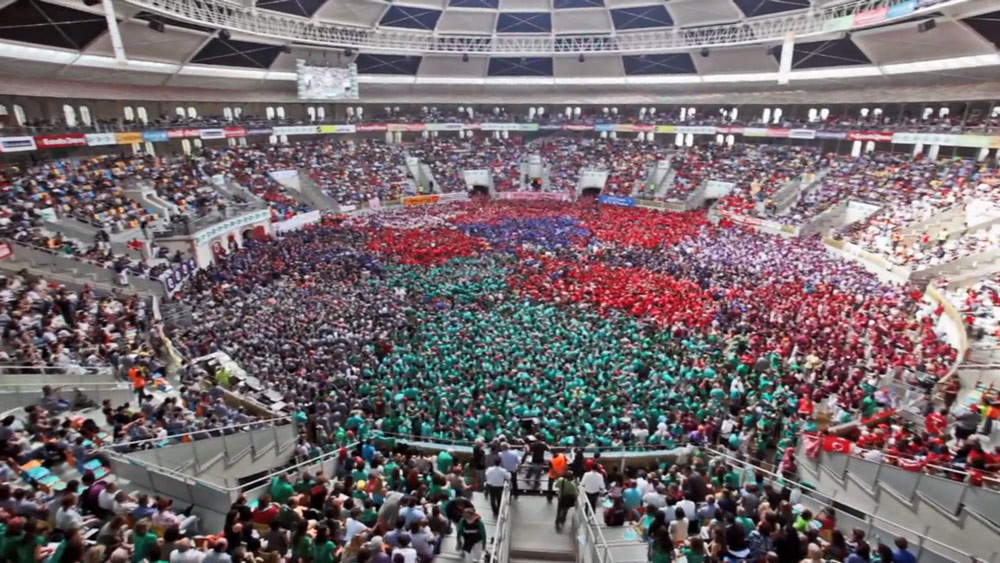

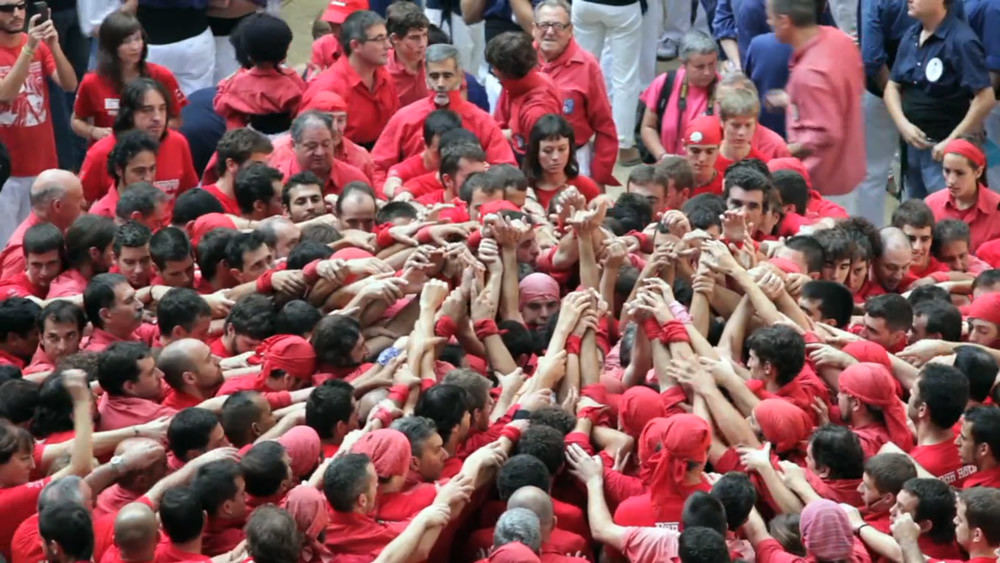
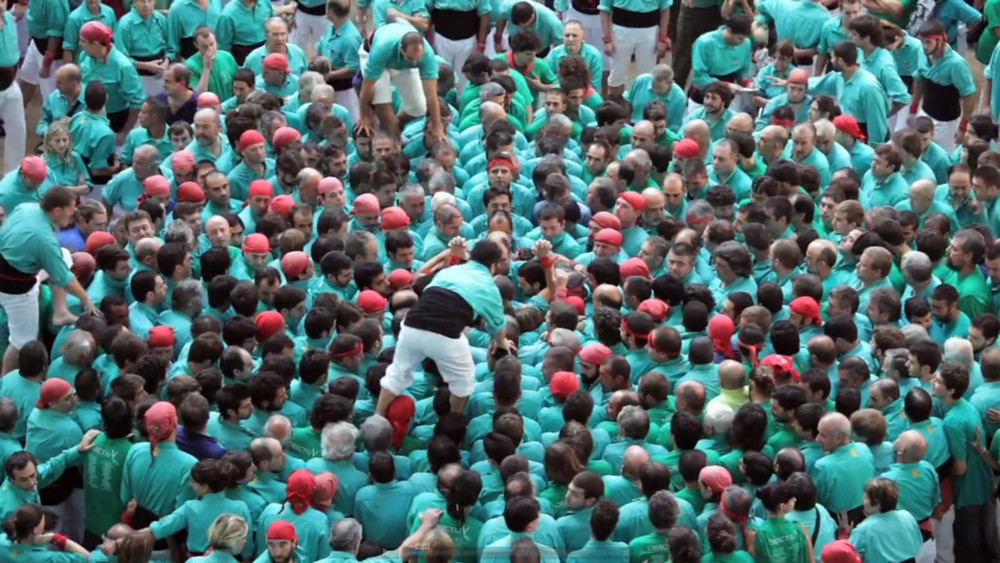
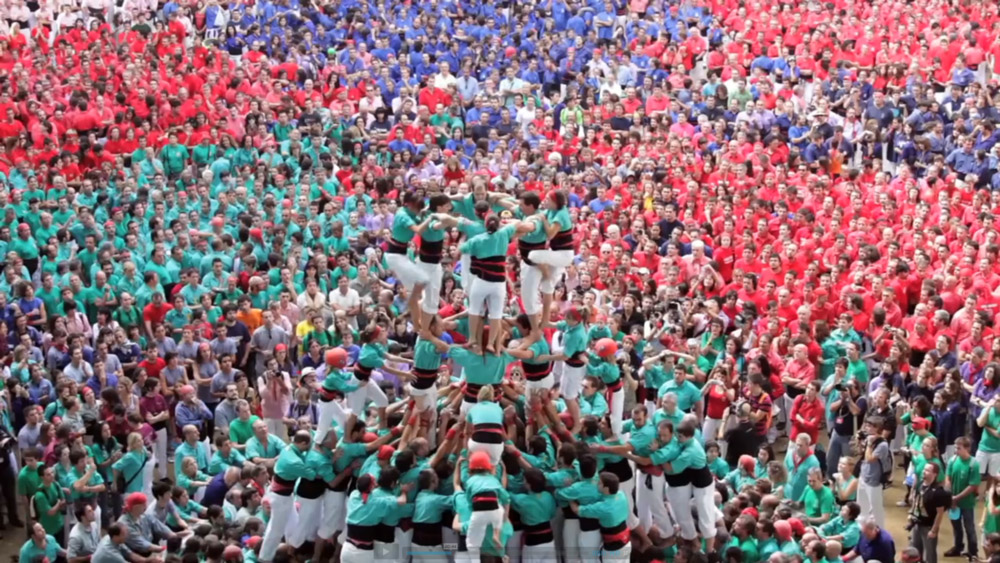
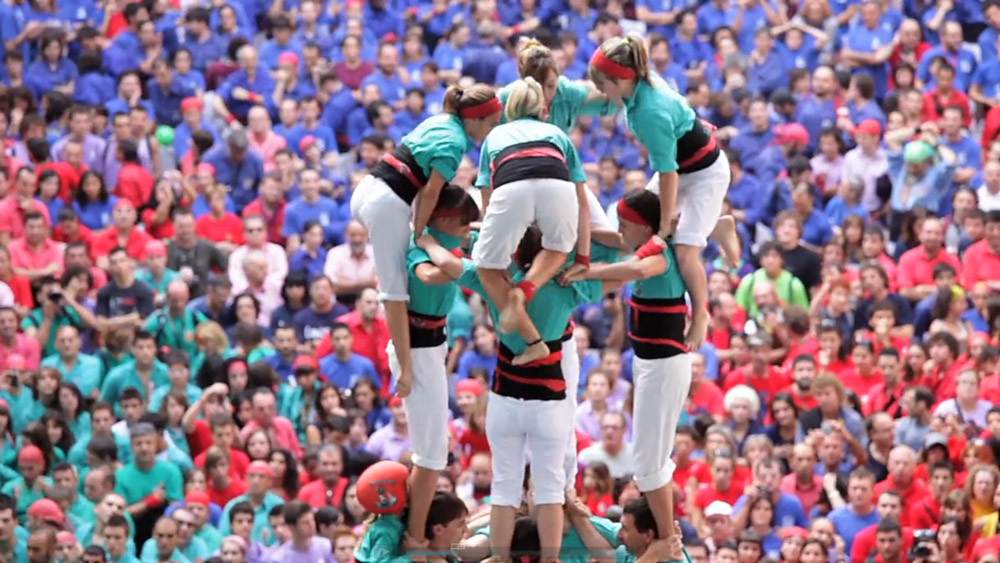
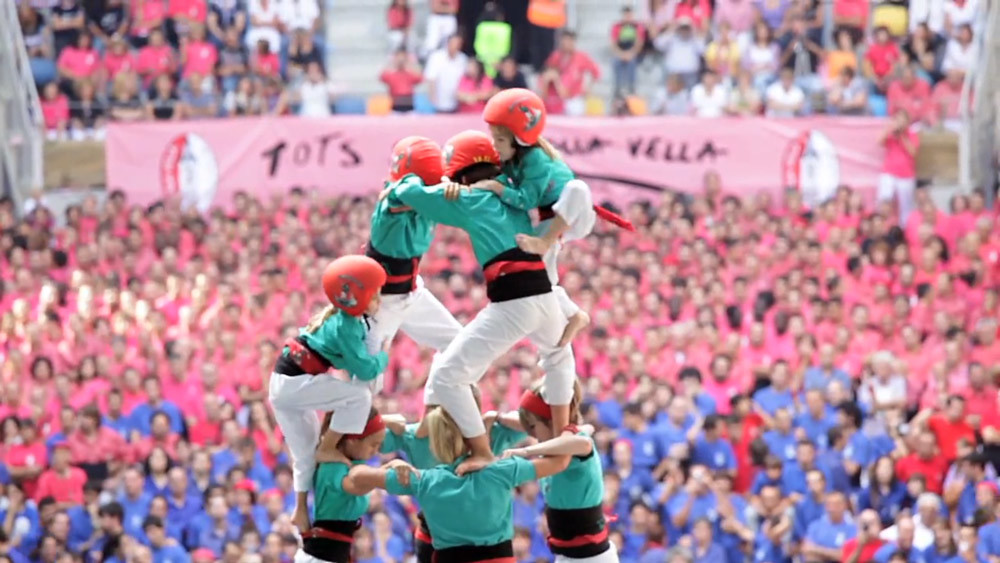
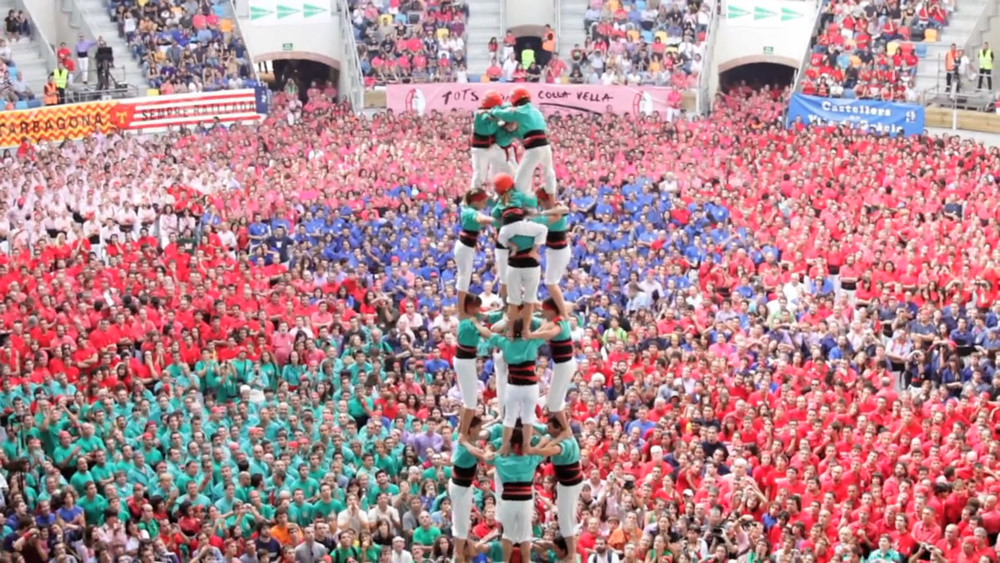

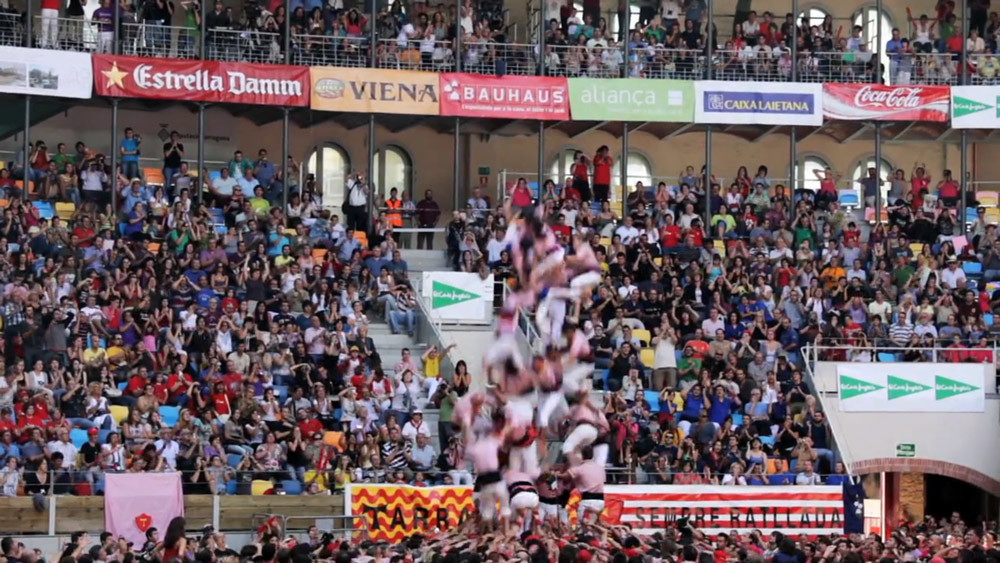
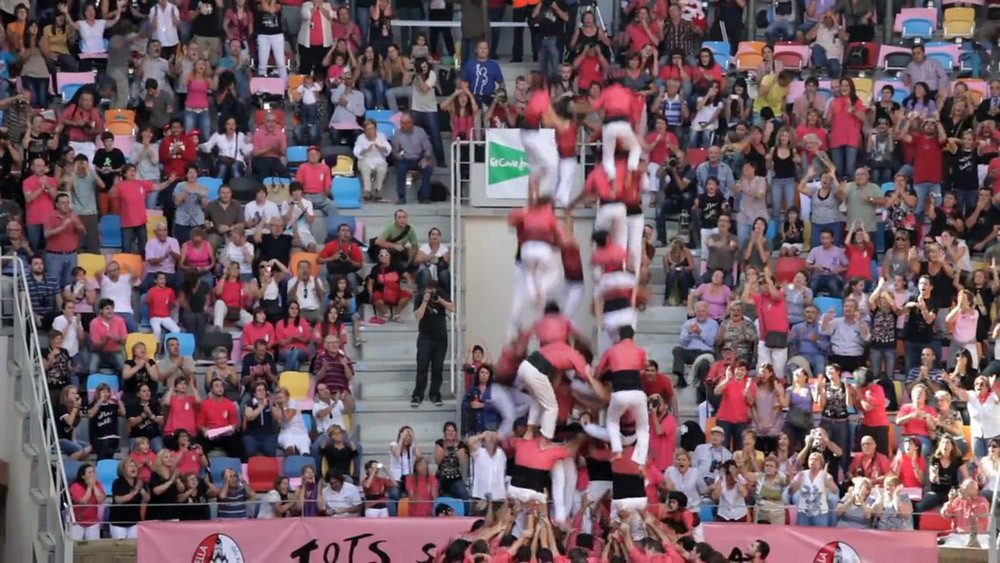
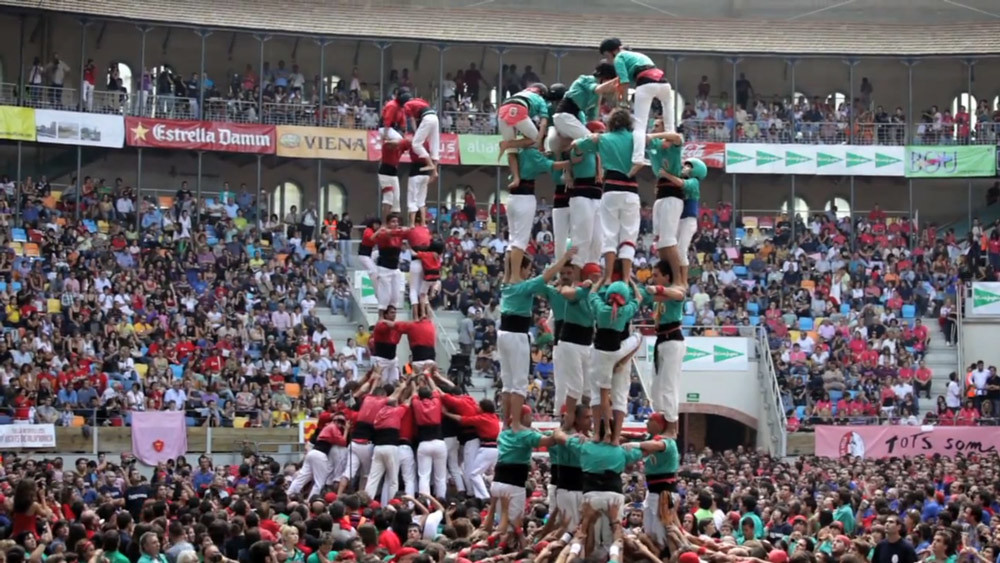
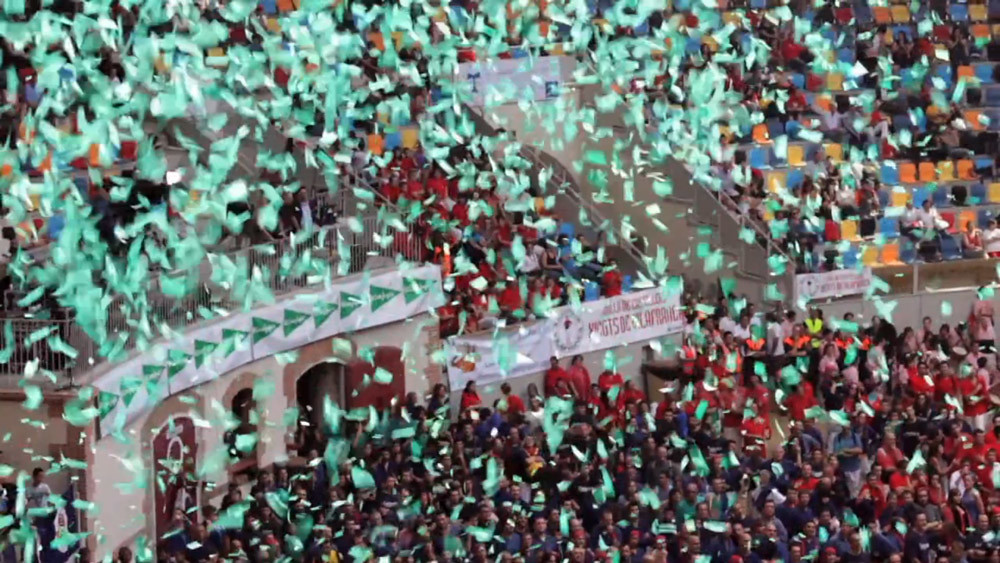
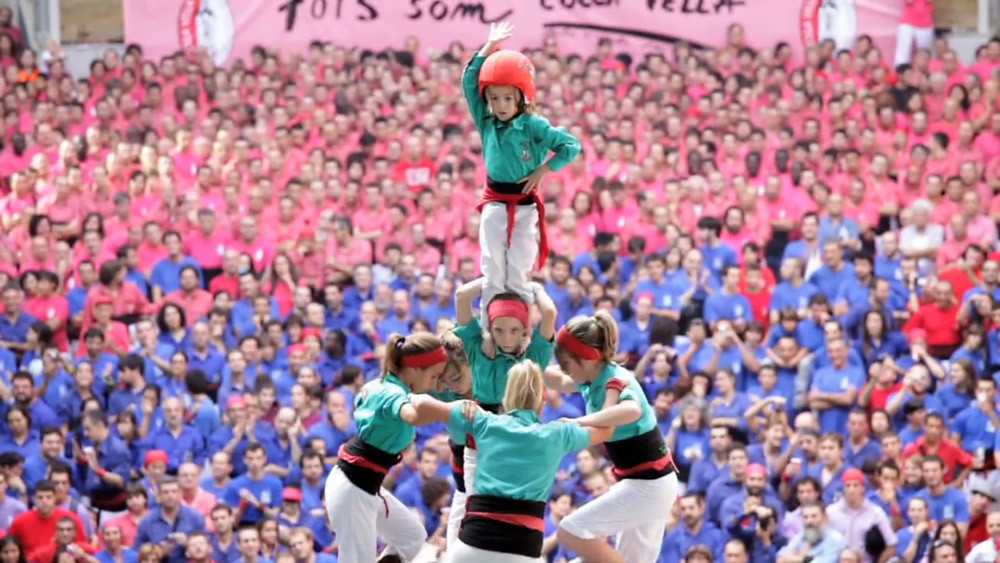
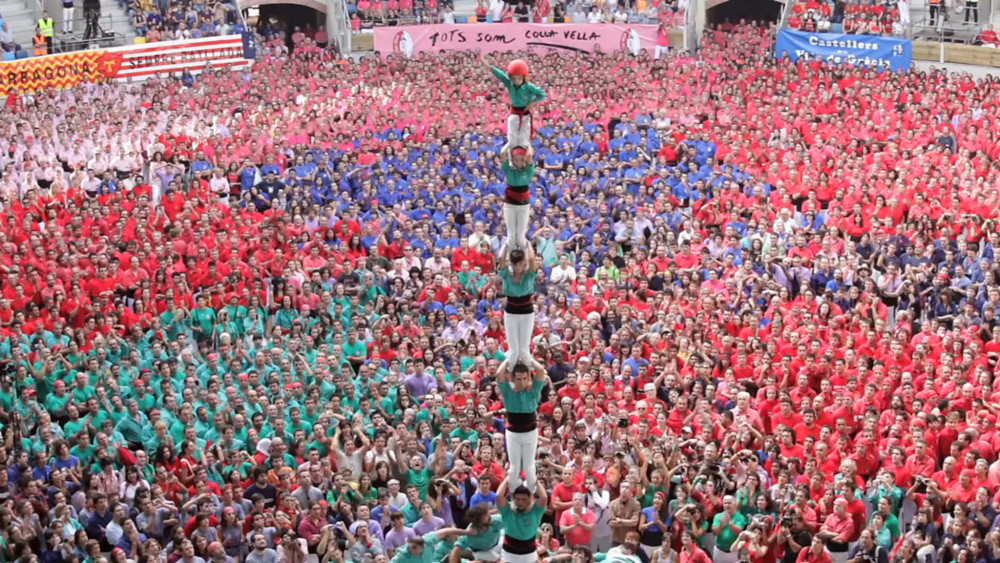

Casteller from Mike Randolph on Vimeo.
































